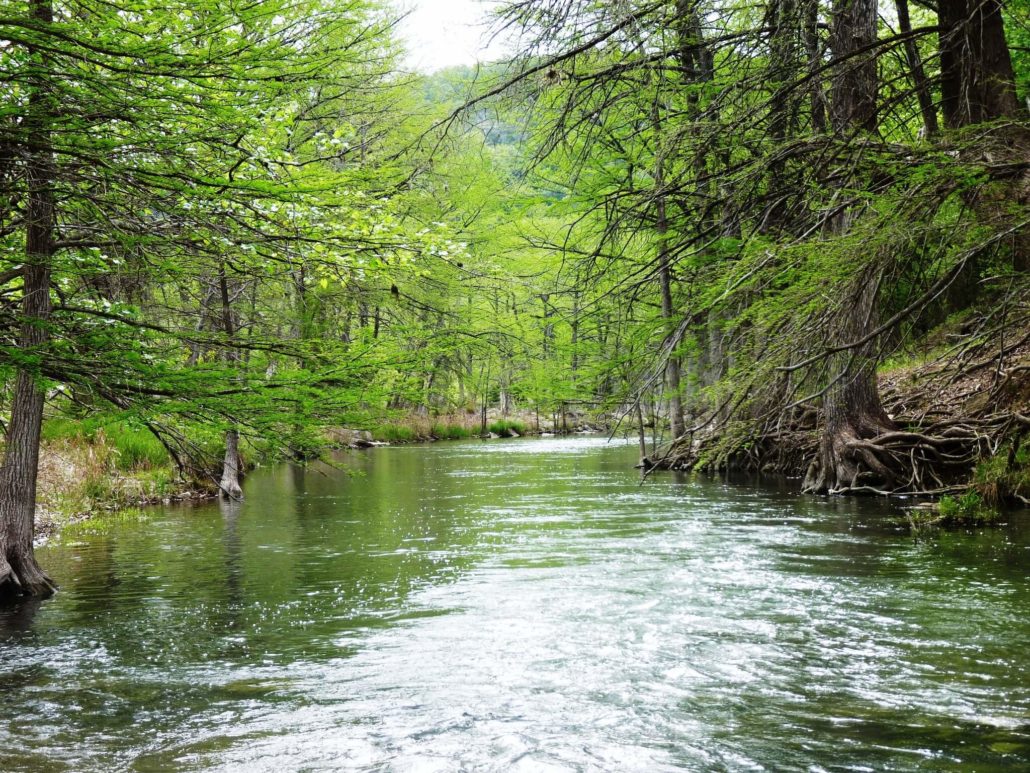Riparian Habitat
As a transition zone between aquatic and terrestrial systems, they usually have characteristics of both.
They provide vegetative cover to help moderate water temperature, provide food, nutrients and organic matter to the stream, stream bank stabilization, and buffer streams from excessive silt and surface run-off pollution. A wide variety of animals are attracted to these areas including insects, amphibians, reptiles, fish, birds, and mammals and many of these animals depend on these areas to exist. Suitable habitat (food, water, and shelter) is often provided in riparian areas to support these animals which may not occur in surrounding drier areas.
Streams and riparian areas are sensitive to urban development as removal of vegetation, paving near or over them, installation of culverts and pollution degrade the quality of these areas and impede there ability to function. For example, good quality streamside habitat is essential for ensuring healthy fish populations. Protecting riparian areas, while facilitating urban development that embraces high standards of environmental stewardship, is a priority for the government of B.C. Which is why the province developed the Riparian Areas Regulation (RAR). RAR provides the impetus for local governments to protect riparian areas during residential, commercial and industrial development in order to protect the heath, productivity and functioning condition of this important area.
For more information on riparian areas click here
Human Resources
Related Posts
Eelgrass Update
In the fall our restoration team surveyed the three eelgrass beds which were planted with the help of our volunteers back in June. The beds are looking healthy!
Kus-kus-sum: End of Season Wrap-up
Now that we have put the Kus-kus-sum site to bed for the winter, we wanted to give you all a little update on how things progressed this season – lots happened!
Kate McKeown
Meet our new Forage Fish Technician!
Greenshores at Dyke Road Park – Reimagining a Park
On September 20 and 21, over 20 people were on site to help with planting at the Comox Valley Regional District’s (CVRD) Dyke Road Park redevelopment project.
Gartley Beach Green Shores for Homes Project
Project Watershed is teaming up with the CVRD and the Stewardship Centre for BC to do some shoreline restoration at Gartley Beach in Royston.
Fall and Winter Forage Fish Sampling
We’re gearing up for the fall/winter season of forage fish sampling!



